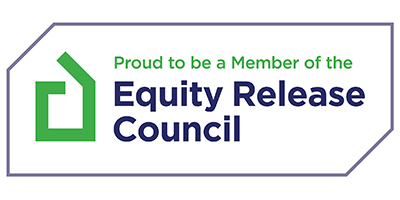In this article
Bridging loans are a valuable financial tool for those needing short-term funding solutions.
Whether you’re looking to purchase a property quickly or need funds to cover a temporary gap, understanding how much you can borrow is essential.
This article will guide you through the process of calculating your potential loan amount and the factors that influence it.
How Much Can I Borrow on a Bridging Loan?
Explained in 49 seconds
Find more videos like this on MoneymanTV
Calculating How Much You Can Borrow
To estimate how much you can borrow with a bridging loan, one of the key metrics used is the Loan-to-Value ratio (LTV).
LTV is a percentage that represents the ratio of the loan amount to the value of the property being used as security.
For example, if a property is valued at £500,000 and the lender offers an LTV of 70%, you could potentially borrow up to £350,000.
Role of Bridging Loan Advisors
While crunching some numbers online is a useful starting point, it can’t replace the personalised advice of an experienced mortgage advisor.
An advisor can provide a more accurate assessment by considering your specific financial situation, the type of property, and other individual factors.
They can also guide you through the complexities of the loan application process, ensuring you secure the best possible deal.
Factors Determining Borrowing Capacity
Like any other mortgage type, several factors will determine how much you can borrow against the property, here are some of the main ones:
Property Value and Loan-to-Value Ratio (LTV)
The amount you can borrow is primarily influenced by the value of the property you offer as security and the LTV ratio set by the lender.
Most bridging loans offer LTVs ranging from 65% to 75%, although this can vary depending on the lender and the specifics of the property.
Property Type and Condition
The type and condition of the property play a crucial role in determining your borrowing capacity. Residential properties often qualify for higher LTVs compared to other types of properties.
Additionally, properties in good condition may be valued higher, allowing for a larger loan amount. Conversely, properties in need of significant repairs might be appraised at a lower value, impacting the loan size.
Borrower’s Financial Situation
Your financial standing, including your credit history, income, and existing debts, will also affect how much you can borrow.
While bridging loans are often available to those with less-than-perfect credit, your overall financial profile can influence the terms of the loan, including the interest rate and maximum loan amount.
Exit Strategy
Lenders are particularly interested in your exit strategy, which is the plan for repaying the loan. A clear and viable exit strategy can make a significant difference in the amount you can borrow.
Common exit strategies include selling the property, refinancing with a long-term mortgage, or using other assets. A strong exit plan not only reassures the lender but may also improve your chances of securing a higher loan amount.
Bridging Loan Advice
Determining how much you can borrow on a bridging loan involves a mix of understanding your property’s value, the lender’s criteria, and your financial situation.
While online tools can offer a quick estimate, speaking with a bridging loan advisor can provide a detailed and personalised assessment, helping you navigate the options available to you.
If you’re considering a bridging loan and want to know your borrowing potential, our team of experienced mortgage advisors is here to help.
Contact us today for a free, no-obligation appointment to discuss your needs and explore the best solutions for your situation.







